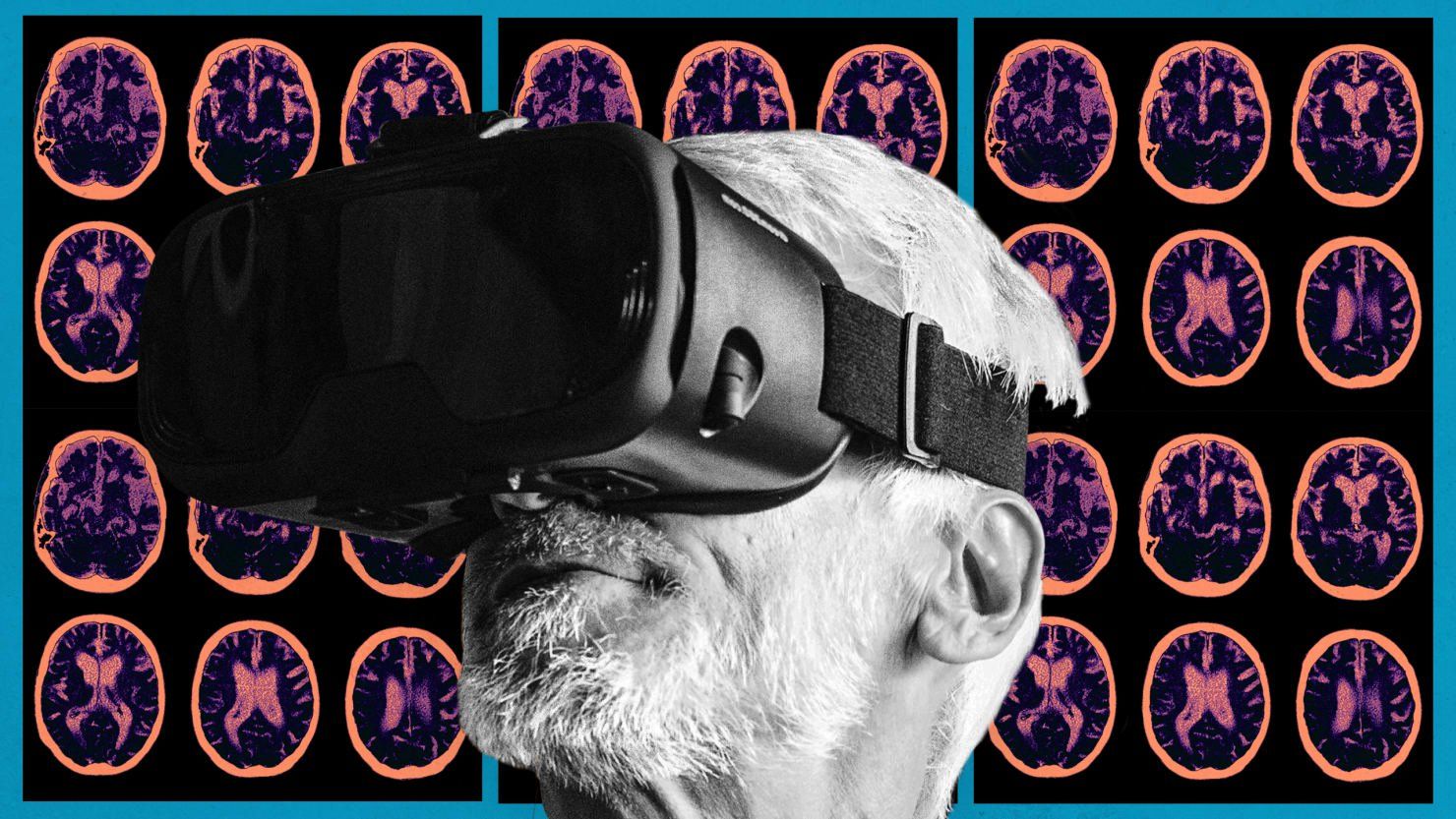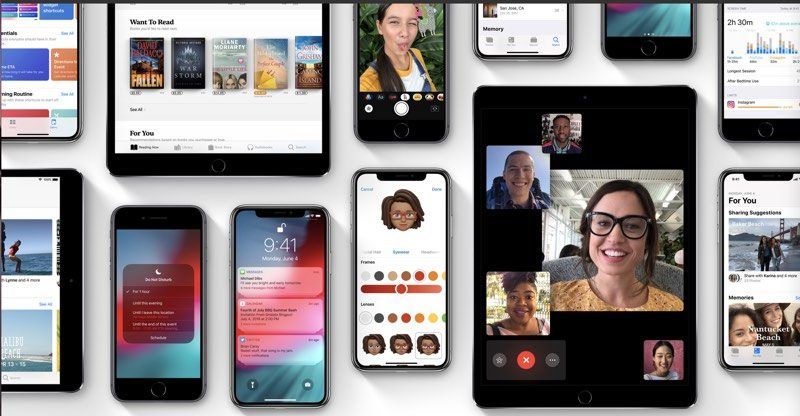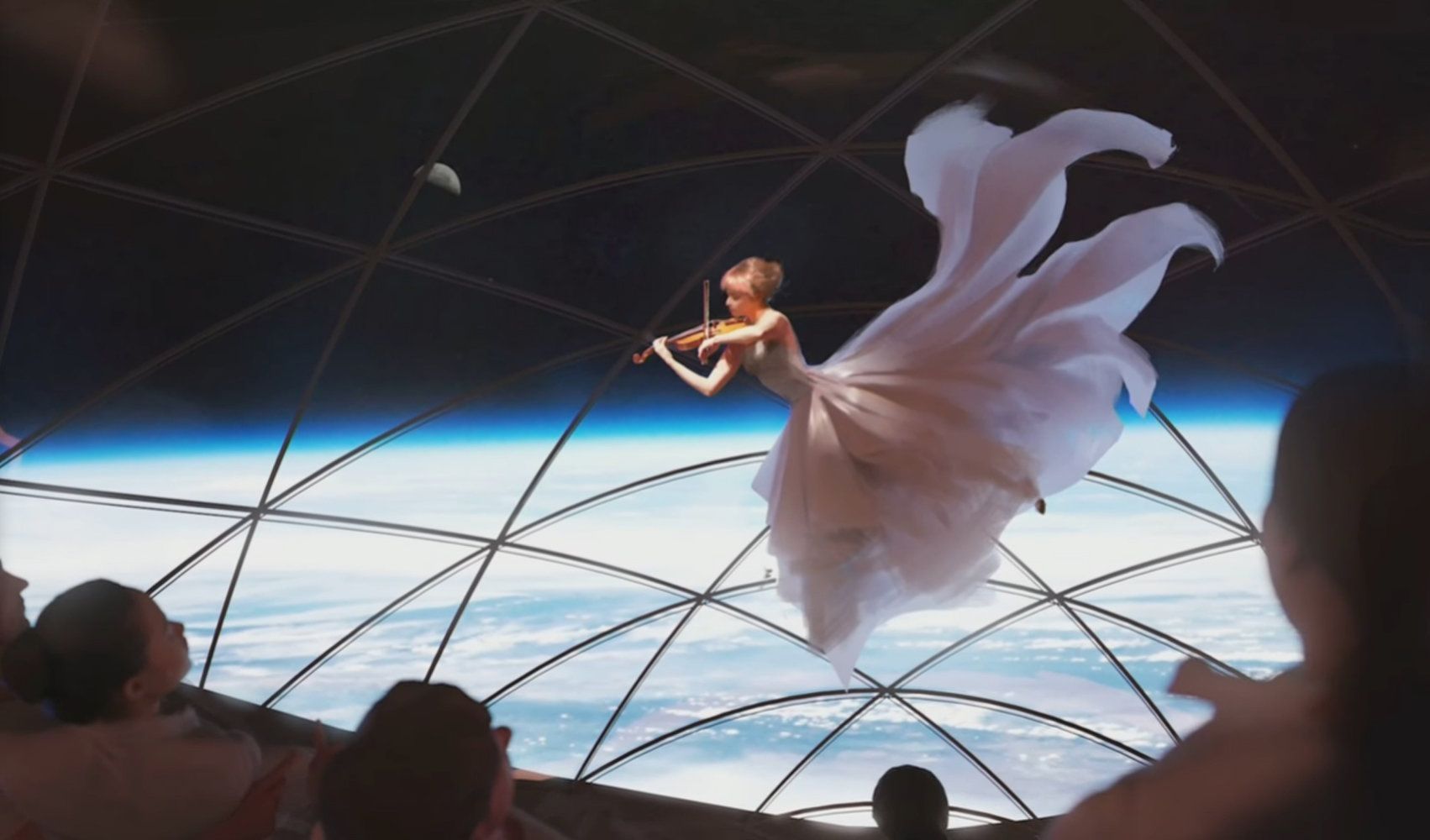Control this humanoid robot in VR.
Category: virtual reality – Page 64
Virtual Reality Waterslide
This VR waterslide looks amazing.
Robot VR Experience
Robots help extend VR into the real-world.
New VR simulation lets you explore supermassive black hole
For the first ever time, scientists have created a virtual reality (VR) simulation of Sagittarius A*- the black hole at the center of our galaxy. The simulation allows helps viewers to better visualize the phenomenon and study the black holes as well.
With the aim of creating a VR simulation of Sagittarius A*, scientists at Radboud University, The Netherlands and Goethe University, Germany come together and used an astrophysical model of Sagittarius A*. Through this model, they were able to capture an image series that then put together to create a 360-degree virtual reality simulation of the black hole.
The simulation can be seen using VR consoles. The most fascinating thing about this simulation is, it created one of the most realistic views of the direct surroundings of the black hole. Moreover, it is expected to help scientists to study the behavior of the black hole.

Apple Releases iOS 12.1 With eSIM Support, Real-Time Depth Control, Group FaceTime, New Emoji and More
Group Facetime. I think this means we are closer to platforms that can support Virtual Reality… #Holodeck
Apple today released iOS 12.1, the first major update to the iOS 12 operating system designed for the iPhone and the iPad. iOS 12.1 comes more than a month after the September release of iOS 12 and a few weeks after iOS 12.0.1, a bug fix update.
The update is available on all eligible devices over-the-air in the Settings app. To access the update, go to Settings — General — Software Update. As with all iOS updates, iOS 12.1 is free to download.


Technology and Culture: Our Accelerating Epigenetic Factor Driven Evolution
Memes are not just learned, they run deeper than that, they are part of our shared experience as human beings. This is how we communicate to each other through spoken, written, and body language; this is how we participate in customs, rituals and cultural traditions. Indeed, human civilization has always been a “cultured” virtual reality. We don’t often think of cultures as virtual realities, but there is no more apt descriptor for our widely diverse sociology and interpretations than the metaphor of the “virtual reality.” In truth, the virtual reality metaphor encompasses the entire human enterprise. We should realize that all our ideologies and religions, our belief systems and models of reality are our own personal operating systems — real to us but wry to someone else — each of us lives in a seemingly shared but simultaneously private virtual world.
By Alex Vikoulov.
“We live in succession, in division, in parts, in particles. Meantime within man is the soul of the whole; the wise silence; the universal beauty, to which every part and particle is equally related; the eternal One. And this deep power in which we exist, and whose beatitude is all accessible to us, is not only self-sufficing and perfect in every hour, but the act of seeing and the thing seen, the seer and the spectacle, the subject and the object, are one. We see the world piece by piece, as the sun, the moon, the animal, the tree; but the whole, of which these are the shining parts, is the soul.” — Ralph Waldo Emerson, “The Over-Soul” (1841)
[EuroVis 2018] Maps and Globes in Virtual Reality (VR)
How to solve the problem of which map to use, without distortion.
Check out more details at our EuroVis 2018 paper at: https://vis.yalongyang.com/papers/vr-maps-globes.pdf
Four interactive way to present the WORLD: (a) a 3D exocentric globe, where the user’s viewpoint is outside the globe; (b) a flat map (rendered to a plane in VR); © an egocentric 3D globe, with the viewpoint inside the globe; and (d) a curved map, created by projecting the map onto a section of a sphere which curves around the user.
Interactive bi-directional transformation between a globe and a map!

How is technology transforming Chinese tourism?
September 27 is World Tourism Day, which has been celebrated each year by the United Nations World Tourism Organization since 1980. The theme this year is “Tourism and the Digital Transformation,” as digital technology has permeated the tourism industry.
Virtual reality, augmented reality, artificial intelligence, Internet-plus — these terms have gradually become familiar to people travelling in China, as the country is heading to its tourism industry 3.0. A wide range of cutting-edge technologies have been innovatively applied in almost every part of China’s tourism industry.

SpaceX Will Livestream Moon Tourist Flight in HD Virtual Reality, Elon Musk Says
Only a lucky handful of artists and a Japanese billionaire will take a trip on a rocketship to the moon with SpaceX. But the moonshot won’t just be televised; you’ll get to experience it from Earth in virtual reality.
That’s the message from SpaceX CEO Elon Musk on the upcoming private moon flight of entrepreneur Yusaku Maezawa, which Musk unveiled to the world Monday (Sept. 17). Maezawa will launch on a trip around the moon on SpaceX’s new Big Falcon Rocket (BFR), and he plans to take between six and eight artists along for the ride. The flight, called the Lunar BFR Mission, could launch as early as 2023, and we’ll all be able to watch it live and in VR, Musk said.
“Moon mission will be livestreamed in high def VR,” Musk announced on Twitter Tuesday (Sept. 18), “so it’ll feel like you’re there in real-time minus a few seconds for speed of light.” That speed-of-light reference is apparently a nod to the ever-so-slight time lag for a signal to cross the 238,000 miles (383,000 kilometers) between Earth and the moon. [How SpaceX’s Passenger Moon Flight Will Work].
![A smart robot helps a passenger carry a handbag at Ningbo Railway Station in Zhejiang Province, on August 7, 2017. The smart robot has been activated to help passengers search for ticket fares, print route maps and carry their luggage. [Photo: VCG]](https://lifeboat.com/blog.images/how-is-technology-transforming-chinese-tourism2.jpg)